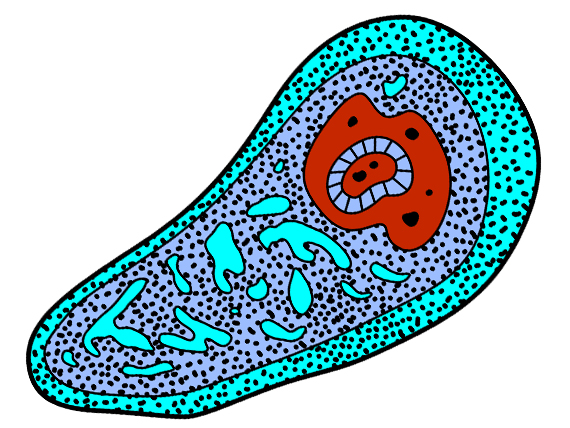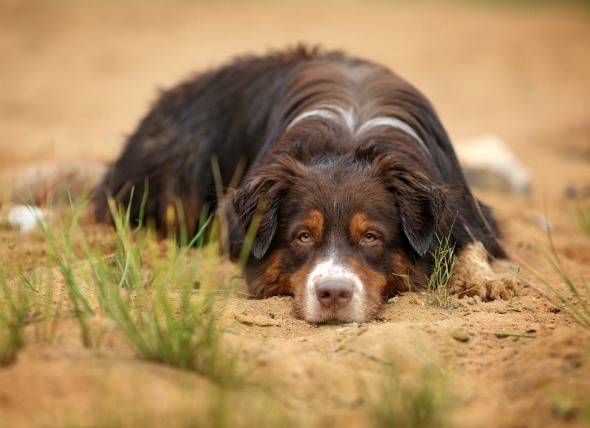

Thunderstorm phobia is a disorder in which there is persistent and exaggerated fear of storms, or the stimuli associated with storms. To treat this condition, your veterinarian should have some grasp of pathophysiology, as this phobia involves physiologic, emotional, and behavioral components.
Thunderstorm phobia occurs in both dogs and cats, but dogs are often more susceptible to this type of fear. If you would like to learn more about how this condition affects dogs, please visit this page in the petMD health library.
Stimuli that elicit fear include rain, lightning thunder, strong winds, and possibly changes in barometric pressure and static electricity. This fear may then induce one of more of the following signs:
It may also affect some body systems in a variety of ways, including:
The exact cause of thunderstorm phobia is unknown, but it may include a combination of the following factors:
A veterinarian will rule out any conditions which can cause similar behavioral responses such as separation anxiety, barrier frustration, and noise phobias. Otherwise, they will conduct further tests to identify any conditions or abnormalities that may have arisen from effect of the fear to the thunderstorm.
It is important to avoid crate confinement, if you believe there is a risk of the dog injuring itself. Otherwise, there are forms of behavior modification or medication (e.g., antidepressants, anti-anxiety drugs) that you can request from your veterinarian.
Behavior Modification:
Please consult an expert before implementing these forms of behavior modification,as improper use of these exercises can worsen the condition.
If your dog is given medication, complete blood count (CBC) and biochemistry profiles should be monitored by your veterinarian periodically. Prognosis depends on severity, duration, and the dog's ability to avoid injuries. However, the condition may worsen if left untreated.
Image: Annette Shaff / Shutterstock
 Separation Anxiety in Dogs
Separation anxiety in dogs commonly results in de
Separation Anxiety in Dogs
Separation anxiety in dogs commonly results in de
 Ameba Infection in Dogs
Canine Amebiasis
Amebiasis is a parasitic
Ameba Infection in Dogs
Canine Amebiasis
Amebiasis is a parasitic
 Neck and Back Pain in Dogs
Unfortunately, your dog can not tell you where it
Neck and Back Pain in Dogs
Unfortunately, your dog can not tell you where it
 Inflammation of the Esophagus in Dogs
Esophagitis in Dogs
Gastrointestinal reflux, or a
Inflammation of the Esophagus in Dogs
Esophagitis in Dogs
Gastrointestinal reflux, or a
 Inflammatory Bowel Disease (IBD) in Dogs
The group of gastrointestinal diseases known as i
Inflammatory Bowel Disease (IBD) in Dogs
The group of gastrointestinal diseases known as i
Copyright © 2005-2016 Pet Information All Rights Reserved
Contact us: www162date@outlook.com